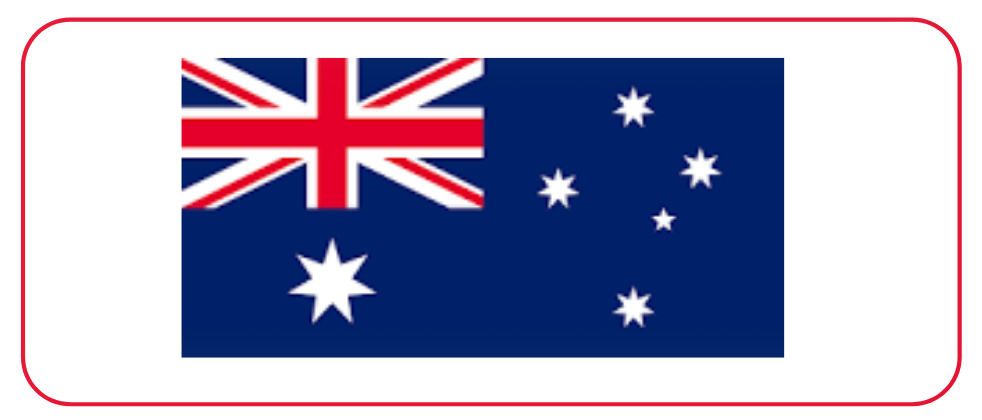EFFICACY OF CYMBOPOGON CITRATUS (DC) STAPF AND AZARIRACTHA INDICA L PLANT EXTRACTS IN VITRO AND IN THE CONTROL OF ARTIFICIAL INFESTED SOIL BY RALSTONIA SOLANACEARUM IN WEST BURKINA FASO
DOI:
https://doi.org/10.53555/eijas.v7i1.70Keywords:
Solanum Lycopersicum, Ralstonia solanacearum, soil disinfestation, plant extracts, Burkina Faso.Abstract
Ralstonia solanacearum is one of the soil-borne pathogens that affect tomato (Solanum Lycopersicum L.) production. In response to its damage, farmers mainly use synthetic chemicals products that are harmful to the environment, the users and the consumers. In order to reduce chemical product use, the alternative control methods based on plant extracts are developed to control R. solanacearum on tomatoes. The objective of this study is to build effective control methods against R. solanacearum the agent of tomatoes wilt. For that, we first tested the efficacy of Cymbopogon citratus and Azadirachta indica extracts on the growth of Ralstonia solanacearum in vitro using the method base on poisoned media. Our second activity was to disinfest soil contaminated by R. solanacearum in green house by incorporating some quantity of citronella or neem almond in soil infested by R solanacearum. On poisoned media, we shown that both plants have reducing effect on the development of R solanacearum when compared with the control. The incorporation of C. citratus (15%, 20% and 30%) and A. indica (4%, 5%, 6%, 7%, 8% and 10%) powders inhibited the survival of the bacterium in the artificially infested substrate 70 days after treatment. This study confirms the hypothesis that plant extracts of C. citratus and A. indica can be used as an effective method to control Ralstonia solanacearum on tomatoes.
References
. Adiguzel A., Gulluce M., Sengul M., Ogutcu H., Sahun F., Karaman I., 2005. Antimicrobial Effects of Ocimum basilicum (Labiatae) Extract. Turk J Biol, 29 155-160.
. Bonzi S., Somda I., Zida P. E., Sereme P., 2012. Efficacy of plant Extracts on P. sorghina in Seed Treatment. World Applied Sciences Journal 20 (11): 1549-1553.
. Cariglia A., 2007. Lutte préventive contre le flétrissement bactérien en culture de tomate hors sol : état des connaissances et conseils. ARMFFIHOR, Pôle de Protection des Plantes de StPierre (Réunion), France 138 p.
. Deberdt P., Perrin B., Coranson-Beaudu R., Duyck P.-F., Wicker E., 2012. Effect of Allium fistulosum extract on Ralstonia solanacearum populations and tomato bacterial wilt. Plant Disease 96:687-692.
. Djiguèmdé Salimata, 2019. Utilisation de produits de plantes (Ocimum basilicum L., Cymbopogon citratus (D.C) Staph et de Trichoderma harzianum Pers. en désinfestation des sols contre Fusarium oxysporum en culture de tomate (Solanum lycopercicum L.) au Burkina Faso. Mémoire d'ingénieur du développement rural, Institut du Développement Rural, Université Nazi BONI, Burkina Faso, 65p.
. FAO (Food and Agriculture Organization of the United Nations), 2018. Database results. FAO. http://www.fao.org/faostat/#data/QC du 08/09/2020
. Hien M. S., 2017. Efficacité d’extraits de Cymbopogon citratus (D.C.) Stapf, Azadirachta indica A. Juss. et Cassia occidentalis L. contre Fusarium oxysporum (Schlecht. emend. Snyder et Hanse) en culture de tomate (Solanum lycopercicum L.). Mémoire d'ingénieur du développement rural, Institut du Développement Rural, Université Nazi BONI, Burkina Faso, 55p.
. Kumar N. K., Kumar V. B. S., Manjunatha S. E., Mallikarjuna N., 2017. Effect of botanicals on Ralstonia solanacearum and bacterial wilt incidence in tomato. International Journal of Chemical Studies; 5(6): 737-740.
. Kumar N. K., Kumar V. B. S., Manjunatha S. E., Mallikarjuna N., 2017. Effect of botanicals on Ralstonia solanacearum and bacterial wilt incidence in tomato. International Journalof Chemical Studies; 5(6): 737-740.
. Narasimha M. K., Srinivas C., 2012. In vitro screening of bio-antagonistic agents and plant extracts to control bacterial wilt (Ralstonia solanacearum) of tomato (Lycopersicon esculentum). Journal of Agricultural Technology; Vol. 8(3): 999-1015.
. Narasimha M. K., Fazilath U., Soumya K., Srinivas C., 2015. Antibacterial Activity of Neem (Azadirachta indica) plant extracts against bacterial wilt of tomato Caused by Ralstonia solanacearum. International Journal of Research in Agricultural Sciences, Volume 2, Issue 5, 217-223.
. Okezie A. I., Agyakwa C. W., 1989. Guide des adventices d’Afrique de l’Ouest. Institut international d’agriculture tropicale, Ibadan, Nigéria, 522 p
. Owoseni A. A., Sangoyomi T. E., 2013. Effect of solvent extracts of some plants onpigeon pea and crotalaria to soil. Summa. Phytopathologica, 32 (1):27–33.
. Paret M. L., Cabos R., Kratky B. A., Alvarez A. M., 2010. Effect of plant essential oils on Ralstonia solanacearum race 4 and bacterial wilt of edible ginger. Plant Disease 94:521-527.
. Pontes N. de C., Kronka A. Z., Moraes M. F. H., Nascimento A. S., Fujinawa M. F., 2011. Incorporation of neem leaves into soil to control bacterial wilt of tomato. Journal of Plant Pathology, 93 (3), 741-744.
. Son D., 2018. Analyse des risques liés à l’emploi des pesticides ET mesure de la performance de la lutte intégrée en culture de tomate au Burkina Faso. Thèse de doctorat en sciences agronomiques ET ingénierie biologique, Université de Liège, Gembloux, Belgique, 236p.
. Soro S., Doumbia M., DAO D., Andres T., Girardin O., 2011. Performance de six cultivars de tomates Lycopersicon esculentum Mills. contre la jaunisse en cuillère des feuilles, le flétrissement bactérien et les nématodes à galles. Sciences & Nature Vol. 4 N°2 : 123-130.
. Sukanya S. L, Sudisha J., Hariprasad P., Niranjana S. R., Prakash H. S., Fathima S. K., 2009. Antimicrobial activity of leaf extracts of Indian medicinal plants against clinical and phytopathogenic bacteria. African Journal of Biotechnology Vol. 8 (23), 6677-6682
. Ouédraogo T. H. A., 2019. Evaluation de l’efficacité des extraits de plante et de Trichoderma harzianum contre le complexe Fusarium oxysporum/Meloidogyne incognita. Mémoire d’ingénieur d’Agriculture, Centre Agricole Polyvalent de Matourkou, Bobo-Dioulasso, Burkina Faso, 85p.
. Wagura A. G., Wagai S. O., Manguro L., Gichimu B. M., 2011. Effect of selected plants extracts on in vitro growth of Ralstonia solanacearum (Smith), the causal agent of bacterial wilt of Irish tomato. Plant Pathology Journal 10 (2): 66-72.
. Yarou B. B., Silvie P., Komlan F. A., Mensah A., Alabi T., Verheggen F., Francis F., 2017. Plantes pesticides et protection des cultures maraichères en Afrique de l’Ouest (synthèse bibliographique). Biotechnol. Agron. Soc. Environ. 2017 21(4), 288-304.
Downloads
Published
Issue
Section
License

This work is licensed under a Creative Commons Attribution-NonCommercial-NoDerivatives 4.0 International License.








 Licensed under CC BY 4.0 International.
Licensed under CC BY 4.0 International.